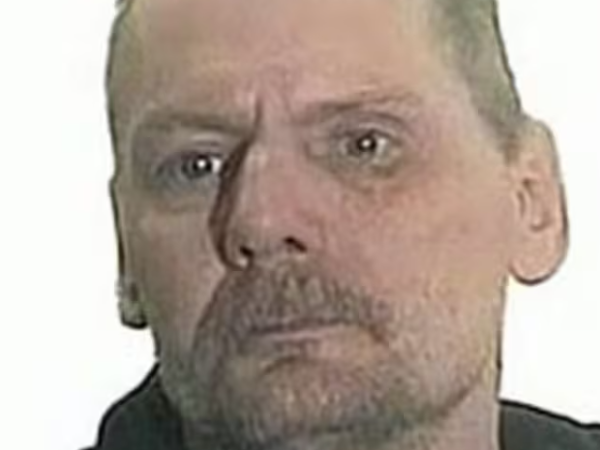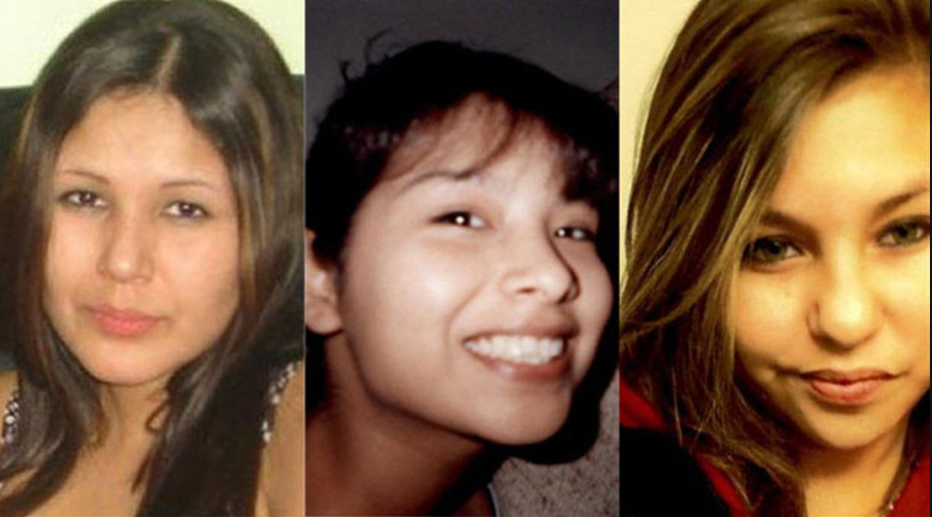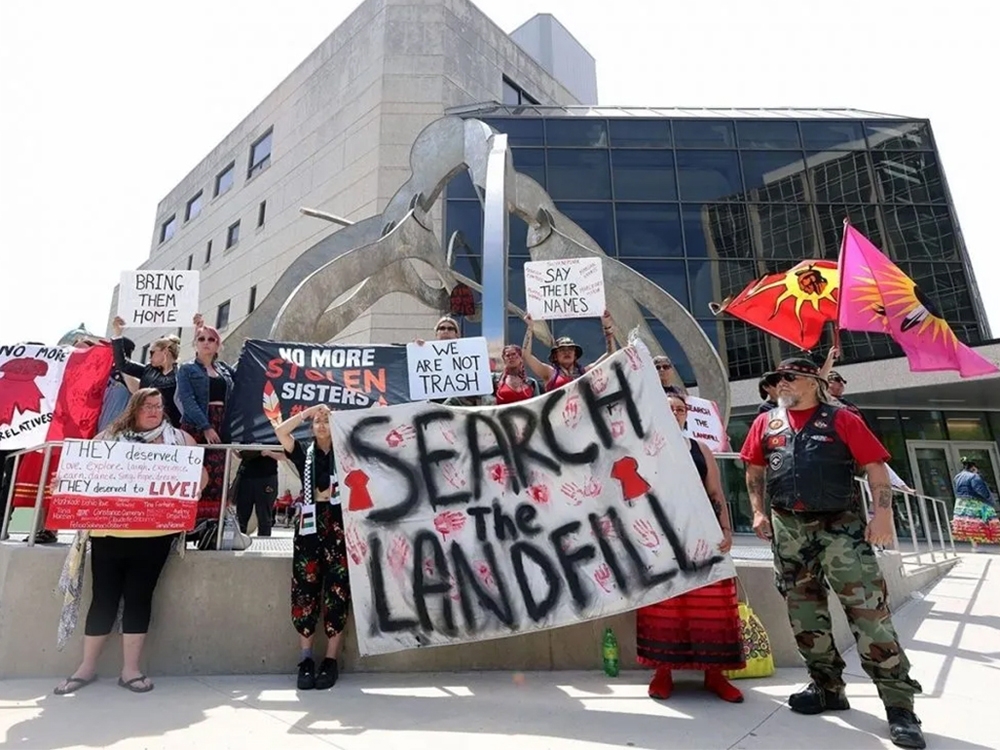Shawn Lamb wasn't the villain the inquiry needed, or perhaps, wanted. Before any real investigation began, a narrative had already taken hold – a narrative that pointed fingers at a specific demographic, fueled by pronouncements lacking any concrete evidence. The immense cost of the Missing and Murdered Indigenous Women and Girls inquiry, nearly $54 million, seemed to demand a pre-determined outcome.
The reality, known to many within law enforcement, was far more complex than a simple profile. The crisis of missing and murdered Indigenous women continues to be a devastating tragedy, a wound that appears to resist genuine healing. Urgent questions remain unanswered: Where are the dedicated task forces? Where is the comprehensive support for grieving families? Where is the justice they deserve?
Instead of tangible solutions, the approach felt hollow, driven by appearances rather than substance. One law enforcement official, speaking anonymously, described the entire process as a “total sham.” The commission, despite its scale, ultimately went nowhere, lacking a clear plan to address the issue, support victims’ families, or empower law enforcement to solve these horrific crimes. It felt, ultimately, like an attempt to spend the problem away.

Now, activist Melissa Robinson is rightfully outraged by the statutory release of Shawn Lamb, who served only two-thirds of his sentence. His freedom is a stark reminder of systemic failures and a painful blow to those who have already suffered unimaginable loss.
Lamb, now 66, represents a chilling paradox. He is a justice system failure, undeniably, but he is also Indigenous. In 2013, he pleaded guilty to the manslaughter of Lorna Blacksmith and Carolyn Sinclair in Winnipeg. These weren’t isolated incidents; they mark him as a serial killer who preyed on vulnerable women.
The details of the crimes are brutal. He struck 25-year-old Carolyn Sinclair with an axe handle before strangling her. He then strangled 18-year-old Lorna Blacksmith. Both women were callously wrapped in plastic and discarded in desolate alleys, their lives extinguished with horrifying indifference. Investigators also suspect his involvement in the disappearance of Tanya Nepinak, though charges were ultimately stayed due to insufficient evidence.

Lamb’s criminal history stretches back to 1979, a litany of over 100 convictions ranging from sexual assault to robbery. His victims were consistently young, vulnerable Indigenous women, targeted and exploited throughout his decades of criminal activity. The pain of the families is immeasurable, as expressed by Amanda Sinclair in 2013: “My sister is never going to return… Lorna is never going to return… But you know, he gets three meals a day… And they’re asking for less?”
In a cruel twist of fate, Lamb leveraged his Indigenous identity to secure his release, claiming to be a survivor of the ’60s Scoop and alleging abuse within his adoptive family. This claim was accepted by the parole board, granting him freedom.
Melissa Robinson advocates for consecutive life sentences for those convicted of multiple homicides of Indigenous people, arguing that the current system sends a dangerous message. Without such a severe penalty, she fears, individuals will feel emboldened to commit these crimes, knowing their punishment will be limited. “He’s not throwing his life away,” she stated, “The thing is, those lives are gone.”

The question Robinson poses is not just for the Indigenous community, but for all of us: How can we allow someone who has taken lives to walk free? It’s a question that demands a reckoning with the failures of a system that seems to prioritize narratives over justice, and appearances over genuine healing.





